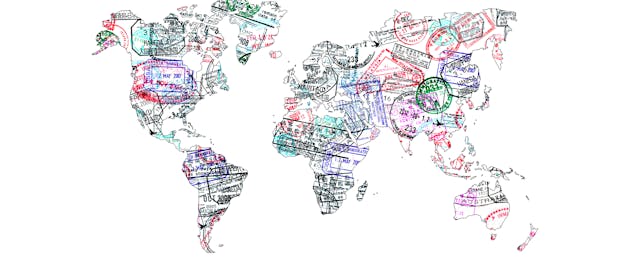In Jessica Lander’s classroom at Lowell High School, every student is a recent immigrant or refugee. They come from about 30 different countries, including the Republic of Congo and Cambodia. And she’s been exploring innovative teaching strategies to help best reach her diverse students.
Lander teaches history and civics at this large public school in Massachusetts, and she says one of the most important strategies is to find ways to bring out her students’ stories in the classroom. For instance, her students work on one project where they study stories of immigrants and then write about their own immigration stories, and another where they choose a favorite family recipe and together compile a cookbook that they publish to share with the broader community.
Lander’s interest led her to travel the country visiting schools trying innovative approaches to teaching recent immigrants and to publish a book based on what she found. It’s called “Making Americans: Stories of Historic Struggles, New Ideas and Inspiration in Immigrant Education.”
It’s a topic that she believes every teacher these days—and anyone who cares about the future of our democracy—needs to understand.
“This is important for all of us because right now one in four students in schools are immigrants or the children of immigrants,” Lander says. “And so schools across the country … are grappling with these questions of how do we ensure our students feel a strong sense of belonging in our schools, are nurtured and are set up to succeed in careers and college and beyond, and to create vibrant lives here in the U.S.”
These students bring with them so many strengths, Lander argues, in language skills and cultural knowledge that she says she’s continually learning from. But these are strengths that the students themselves don’t always see as assets in our formal school system.
EdSurge connected with Lander to hear more about what works in immigrant education and what she learned from the rich stories of her own students.
Listen to the episode on Apple Podcasts, Overcast, Spotify, Stitcher or wherever you get your podcasts, or use the player on this page.


